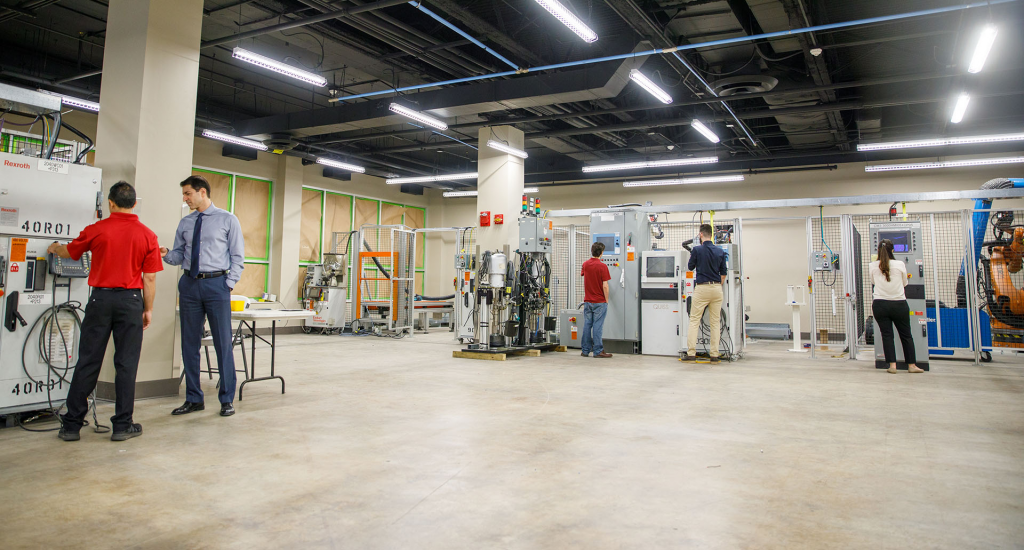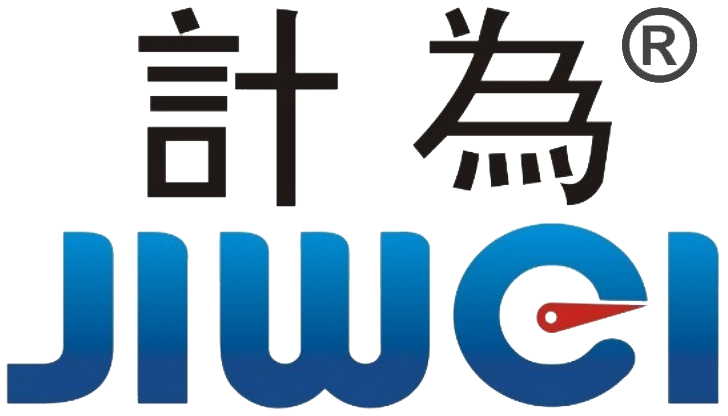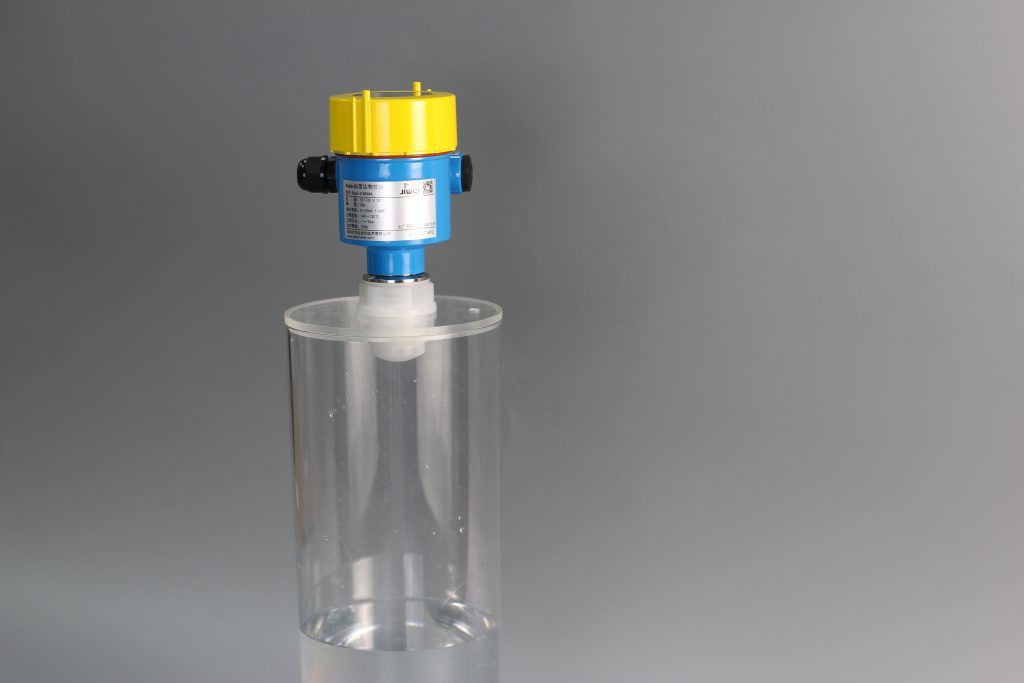Radar Level Measurement: The Application and Importance of APL Protocol
Introduction
In the field of modern industrial automation, radar level measurement devices are widely used for measuring both liquid and solid materials due to their high precision and strong anti-interference capabilities. With the advancement of Industry 4.0, the interconnectivity between devices has become increasingly important, and the APL (Application Layer Protocol) plays a critical role in this process. This article explores the specific applications of the APL protocol in radar level measurement and its significance.

Overview of APL Protocol
The APL protocol is a communication protocol designed specifically for industrial automation, aimed at achieving efficient and reliable data exchange between devices. According to the IEC 61158 standard, the APL protocol supports various network topologies and is compatible with multiple automation systems (IEC, 2021).
Applications of APL Protocol in Radar Level Measurement
- Efficient Data Transmission
Radar level measurement devices can achieve rapid data transmission through the APL protocol. This efficient data processing capability is fundamental to real-time monitoring and control in modern industrial applications. Research indicates that devices using the APL protocol exhibit superior data response times compared to traditional protocols (Kumar et al., 2020).
- Device Interoperability
The design of the APL protocol allows radar level measurement devices from different brands and models to be compatible with various automation control systems, enhancing interoperability among devices. This feature reduces the complexity of system integration, facilitating a more flexible production process (Smith & Jones, 2019).
- Real-Time Monitoring and Control
The APL protocol supports real-time data exchange, enabling operators to obtain immediate information on level changes. This functionality is particularly crucial in fast-changing industrial environments, aiding in timely adjustments to control strategies and optimizing production efficiency (Lee et al., 2021).

- Status Monitoring and Fault Diagnosis
Through the APL protocol, radar level measurement devices can transmit status information and self-diagnostic results. This capability allows maintenance personnel to quickly identify and address faults, reducing equipment downtime and enhancing overall system reliability (Zhang & Wang, 2020).
- Security Assurance
In industrial environments, data security is paramount. The APL protocol typically integrates data encryption and authentication mechanisms to ensure the security of data during transmission, preventing unauthorized access and data tampering (Miller et al., 2021).

Conclusion
The APL (Advanced Physical Layer) protocol, a key enabler for industrial automation, plays a significant role in enhancing radar level measurement systems. By offering high-speed data transmission, APL ensures that radar sensors can seamlessly integrate into broader industrial systems, delivering real-time, accurate level data to operators. The APL protocol facilitates the interconnectivity between various components in the industrial ecosystem, ensuring smooth communication between devices, control systems, and monitoring platforms.
One of the standout advantages of the APL protocol is its robust interoperability, which allows devices from different manufacturers to communicate with each other without compatibility issues. This feature is particularly valuable in industries where multi-vendor solutions are common, as it eliminates the need for proprietary systems, offering more flexibility and cost efficiency.
APL also enhances real-time monitoring capabilities, which are critical for industries that rely on precise level measurements for the efficient operation of their systems. Radar level sensors equipped with APL can transmit continuous data, providing up-to-date information on liquid or material levels, allowing operators to make informed decisions quickly. This immediate feedback helps optimize production processes, prevent system downtime, and reduce the risks associated with underfilled or overfilled tanks.
Additionally, the status monitoring and fault diagnosis capabilities provided by APL-equipped radar sensors play an essential role in predictive maintenance. By continuously tracking the health and operational status of sensors, the system can automatically alert operators to any anomalies or potential failures. This proactive approach helps reduce unplanned downtime, lowers maintenance costs, and extends the lifespan of equipment.
Moreover, the data security mechanisms integrated into the APL protocol ensure that the transmission of sensitive data remains secure. In modern industrial environments where cybersecurity threats are increasingly prevalent, maintaining the integrity and confidentiality of measurement data is of paramount importance. APL’s secure transmission capabilities safeguard against unauthorized access, making it an ideal choice for industries with strict data protection requirements.
As industrial automation moves towards Industry 4.0, the role of protocols like APL becomes even more vital. With the rise of smart factories, the demand for seamless, efficient, and secure communication between devices and systems is increasing. APL’s ability to support complex, interconnected environments makes it a key driver in the digital transformation of industries, contributing to better performance, higher efficiency, and more sustainable operations. As technology continues to evolve, the adoption of APL-based solutions will only expand, further enhancing the capabilities of radar level measurement systems and other industrial automation technologies.
References
IEC. (2021). IEC 61158 – Digital data communications for measurement and control – Fieldbus standard. International Electrotechnical Commission.
Kumar, A., Singh, R., & Sharma, M. (2020). Performance evaluation of industrial communication protocols in smart manufacturing. Journal of Manufacturing Systems, 54, 123-135.
Lee, T., Kim, J., & Park, H. (2021). Real-time data processing in industrial automation using APL protocol. International Journal of Automation Technology, 15(2), 98-107.
Miller, D., Johnson, L., & Davis, S. (2021). Cybersecurity in industrial communication protocols: An overview of APL and its security features. Journal of Industrial Cybersecurity, 3(1), 45-57.
Smith, J., & Jones, R. (2019). Enhancing interoperability in industrial automation through APL protocol. International Journal of Industrial Engineering, 25(4), 215-229.
Zhang, Y., & Wang, X. (2020). Diagnostic capabilities of radar level measurement systems in process industries. Sensors and Actuators A: Physical, 303, 111754.

